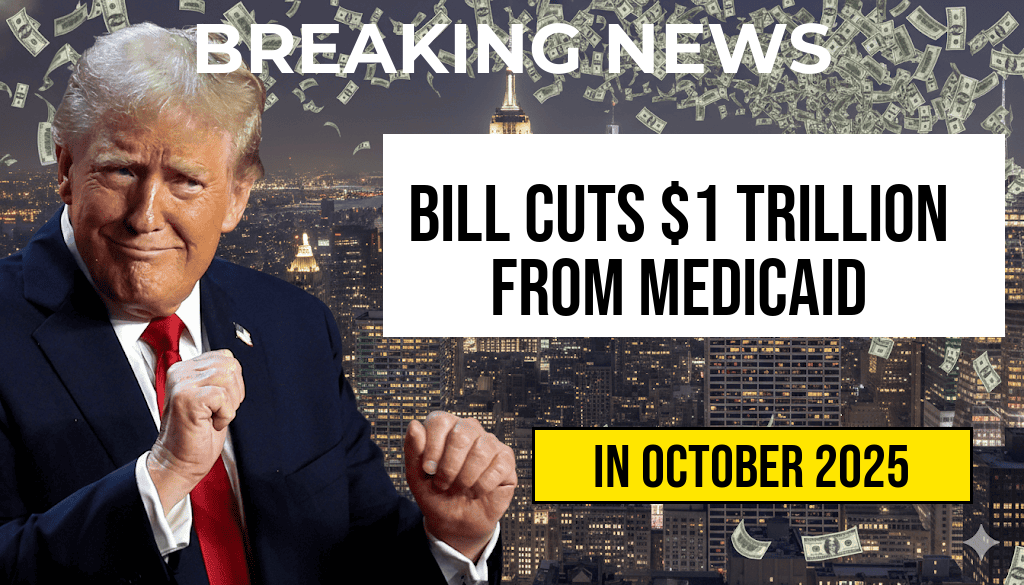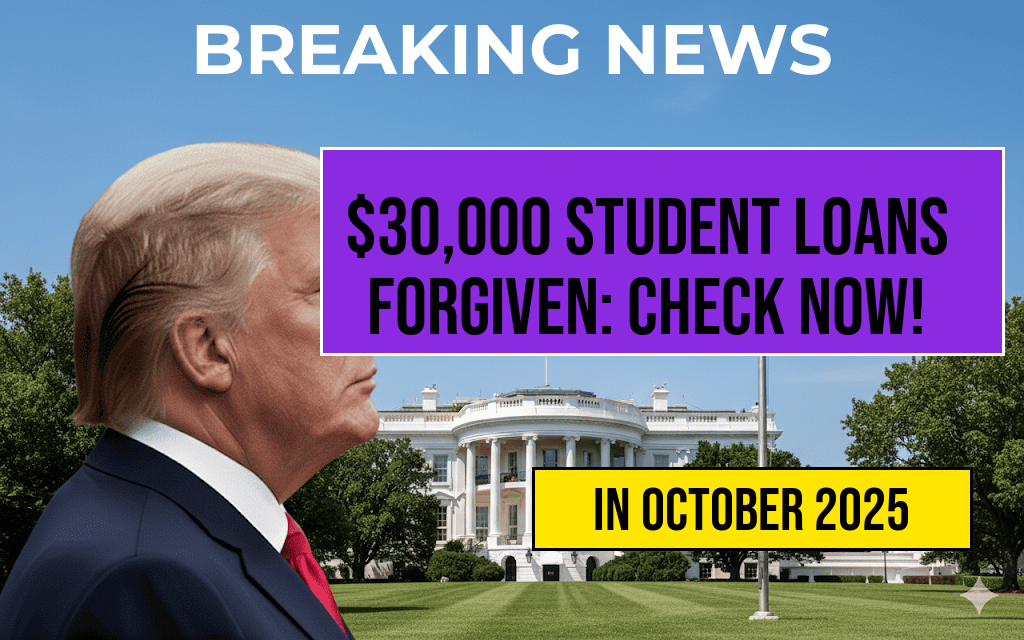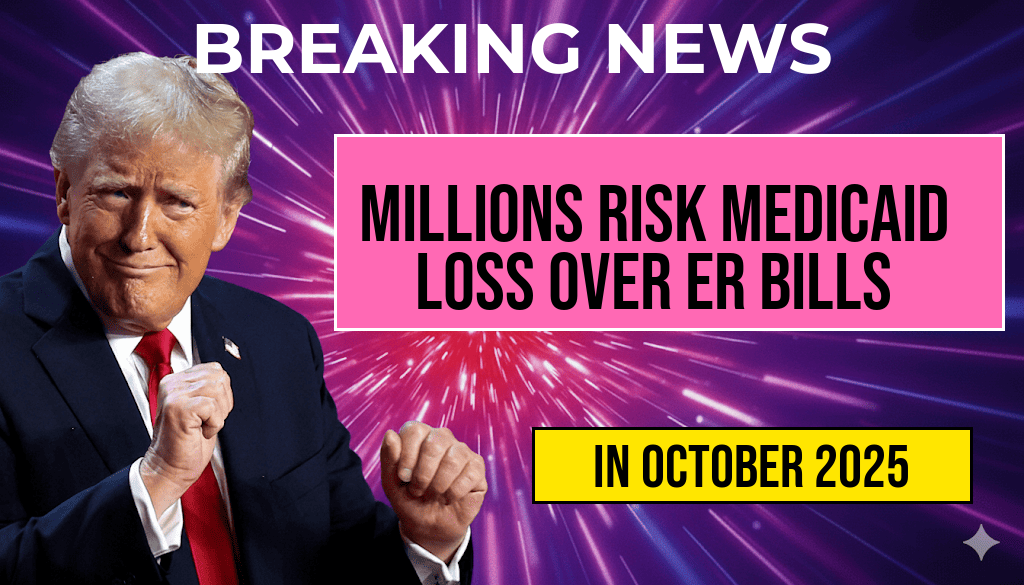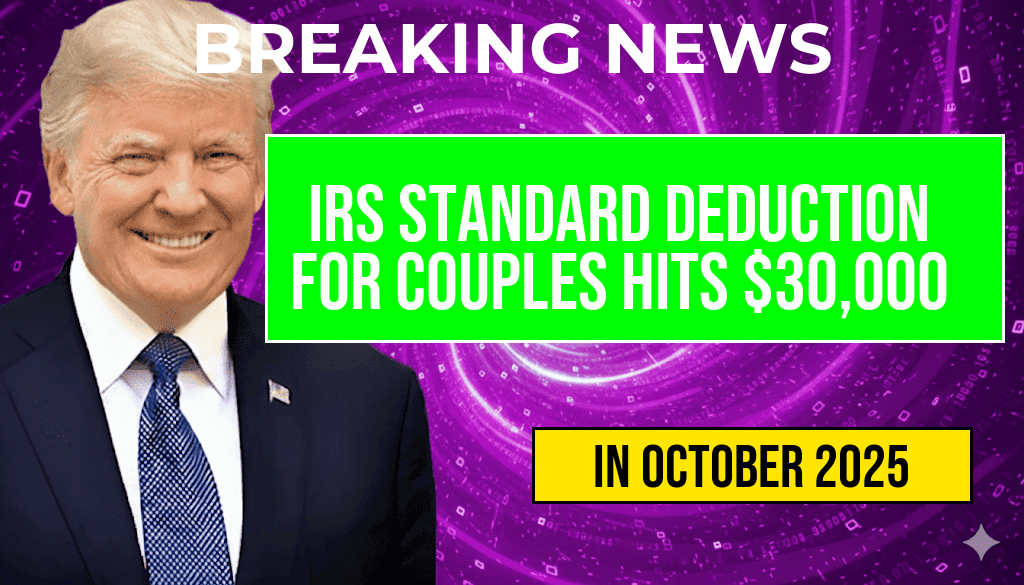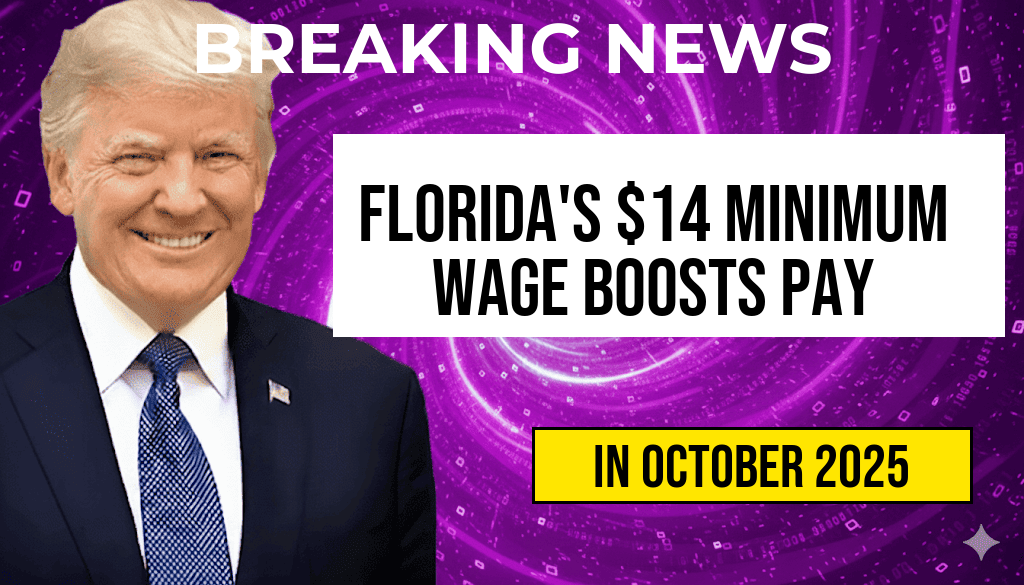The recent passage of a controversial bill aims to reduce federal spending by slashing approximately $1 trillion from Medicaid over the next decade. Proponents argue that the reforms are necessary to ensure the sustainability of the program amid rising healthcare costs, while critics warn that such drastic cuts will jeopardize the health and well-being of millions of Americans. Central to the debate is the soaring price of prescription medications, exemplified by a recent analysis highlighting a $300 medication that many patients struggle to afford. As the pharmaceutical industry grapples with public outcry over drug pricing, the implications of these Medicaid cuts could resonate far beyond the budget, affecting access to essential healthcare services for vulnerable populations.
Understanding the Impact of Medicaid Cuts
The Medicaid program, a vital safety net for low-income individuals and families, covers nearly 90 million Americans. With the new legislation, the reduction in funding is expected to lead to significant changes in coverage options and eligibility criteria. States, which administer Medicaid with federal support, may respond by tightening eligibility, reducing benefits, or increasing costs for enrollees. The ramifications could be especially pronounced for those relying on expensive medications.
The Rising Cost of Prescription Medications
Prescription drug prices in the United States have reached unprecedented levels. According to a report from Forbes, the cost of medications has soared by nearly 30% over the past five years. A specific case in point is a widely used medication that costs around $300 per prescription. For many patients, especially those without insurance or with high-deductible plans, affording such medications can become a significant burden.
Patient Perspectives
- Financial Strain: Many patients report having to choose between purchasing their medications and paying for other essential needs, such as food and housing.
- Health Consequences: The inability to afford medications often leads to skipped doses or untreated conditions, exacerbating health issues.
- Alternatives: Some individuals are turning to generic drugs or alternative therapies, but these options are not always available or effective.
Legislative Background
The push for Medicaid reform has been a focal point in American politics, particularly as the federal budget faces increasing pressure from rising healthcare expenditures. Lawmakers supporting the cuts argue that they are essential to curb wasteful spending and to redirect funds toward other pressing needs, such as infrastructure and education. However, opponents, including healthcare advocates and patient groups, fear that the cuts will disproportionately affect low-income Americans and those with chronic health issues.
Reactions from Healthcare Advocates
Healthcare professionals and advocacy groups have voiced strong opposition to the bill. Many argue that cutting Medicaid funding will lead to a public health crisis, as more individuals will be unable to access necessary medical care. Reports from The Washington Post indicate that healthcare advocates are mobilizing to challenge these cuts through grassroots campaigns and lobbying efforts.
Future Implications
| Year | Estimated Medicaid Budget Reduction ($ Billion) | Projected Number of Affected Beneficiaries (Million) |
|---|---|---|
| 2024 | 50 | 1.5 |
| 2025 | 100 | 3.0 |
| 2026 | 150 | 4.5 |
| 2027 | 200 | 6.0 |
| 2028 | 250 | 8.0 |
As the healthcare landscape evolves, the effects of these Medicaid cuts will likely unfold over the coming years, raising questions about the future of health insurance in America. The $300 prescription serves as a stark reminder of the challenges many face within a system that continues to grapple with affordability and access.
Frequently Asked Questions
What is the main focus of the article regarding Medicaid?
The article discusses a recent bill that significantly slashes funding for Medicaid, amounting to a reduction of $1 trillion. This legislation raises concerns about the impact on healthcare access for low-income individuals.
How does the $300 prescription relate to the costs discussed in the article?
The article highlights the rising cost of a $300 prescription as a key example of the financial burden on patients, emphasizing how changes in Medicaid funding could exacerbate these costs for vulnerable populations.
What are the potential consequences of cutting Medicaid funding?
According to the article, cutting Medicaid funding could lead to reduced access to essential medical services for millions, increased out-of-pocket expenses for patients, and a greater strain on emergency healthcare systems.
Who is most affected by the proposed changes to Medicaid?
The proposed changes primarily affect low-income individuals and families who rely on Medicaid for healthcare coverage, particularly those with chronic conditions who need ongoing medical treatment.
What can individuals do to advocate for Medicaid funding?
The article encourages individuals to engage with local representatives, participate in advocacy groups, and raise awareness about the importance of Medicaid funding to ensure that healthcare remains accessible for all.

